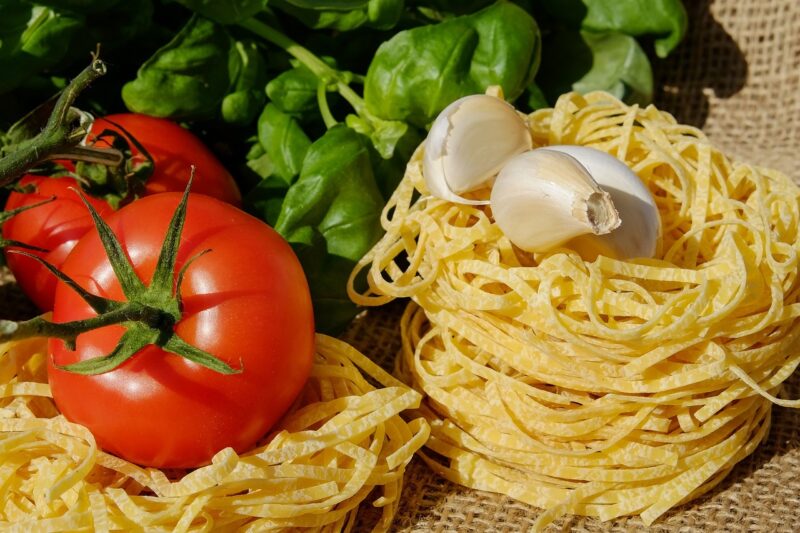
The Italian-American community has a rich tapestry of history and culture, woven together by diverse experiences, traditions, and challenges. Among the elements that significantly shaped this community is the presence of the Mafia, often romanticized in films and literature. While the Mafia’s influence is complex, it has left an indelible mark on the Italian-American identity in various ways—from cultural contributions to societal challenges.
1. Historical Context: The Emergence of the Mafia in America
The roots of the Mafia can be traced back to the 19th century in Sicily, where oppression from the state led to the rise of secret societies as a means of protection and power. As waves of immigrants left Italy due to economic hardship and political strife, many Italian men arrived in America seeking a better life. The early 20th century saw these immigrants settling in cities like New York, Chicago, and New Orleans, which played a pivotal role in the growth of Mafia influence in America.
The Mafia capitalized on the vulnerabilities faced by Italian immigrants. They provided jobs, protection, and an informal justice system, becoming deeply embedded within Italian-American neighborhoods. This period marked the blending of identity, where pride in one’s heritage was closely intertwined with a dark undercurrent of organized crime.
2. Cultural Contributions: Cinema, Music, and Literature
The Mafia’s presence has significantly influenced the arts, particularly in cinema and literature. Films such as “The Godfather” and “Goodfellas” have become cultural touchstones, portraying complex characters that reflect the struggles and duality of the Italian-American experience. These films often illuminate themes of loyalty, family, and the pursuit of the American Dream, set against a backdrop of crime and violence.
Similarly, music genres such as traditional Italian folk music and modern hip-hop have been influenced by Mafia lore, with artists using narratives of organized crime as metaphors for struggle and resilience.
Italian-American authors have also explored the Mafia’s influence, examining its impact on identity and community dynamics. Books like Mario Puzo’s “The Godfather” delve into the complexities of Italian-American life, portraying the Mafia as both a source of pride and a burden. This dual portrayal has created a nuanced understanding of what it means to be Italian-American, allowing individuals to explore their heritage in multifaceted ways.
3. The Mafia’s Role in the Italian-American Identity
For many Italian-Americans, the Mafia is a conflicted symbol. While some view it as a source of pride due to its portrayal of strong family ties and resilience, others see it as a representation of stereotypes that have plagued the community. The portrayal of Mafia figures as the face of Italian-American culture reinforces negative stereotypes and creates a dichotomy within the community.
This dichotomy is further complicated by societal perceptions of Italian-Americans as being synonymous with crime. While the vast majority of Italian-Americans are law-abiding citizens, the Mafia’s notoriety has cast a long shadow over the collective identity, often reducing a rich cultural heritage to mere criminality in public discourse.
4. The Mafia’s Economic Impact: Jobs and Local Businesses
The Mafia’s influence extends into the economic realm, where it played a role in establishing and dominating various industries. In the early 20th century, organized crime syndicates were deeply involved in construction, labor unions, and the garment industry, often exerting control over entire sectors. While these actions provided employment opportunities for some within the community, they also fostered a culture of corruption where legitimate businesses struggled to compete.
Today, discussions surrounding the Mafia’s economic impact have evolved to include broader themes of entrepreneurship within the Italian-American community. Many Italian-Americans now embrace their heritage and leverage it for business growth, moving away from criminality and towards innovation and ethical practices.
5. The Evolution of the Italian-American Community’s Relationship with the Mafia
As time progresses, the relationship between the Mafia and the Italian-American community continues to evolve. The decline of traditional organized crime, due in part to law enforcement efforts and changing societal values, has shifted the narrative surrounding the Mafia.
Younger generations of Italian-Americans are increasingly critical of the Mafia’s past, viewing it as a relic that does not align with their values. Instead, they are focused on celebrating their heritage in ways that promote positive representations of Italian culture.
Organizations and community initiatives have emerged to honor the contributions of Italian-Americans to society, emphasizing their roles as educators, artists, and community leaders rather than being defined by organized crime.
6. Conclusion: Reconciling the Past and Future
The Mafia’s influence on the Italian-American community and culture is undeniably profound, encapsulating a spectrum of experiences ranging from pride to shame. By reconciling the complexities of this relationship, the community can embrace a fuller understanding of its heritage. As Italian-Americans continue to navigate their identity, they can honor both the struggles and triumphs of their past while looking forward to a future that celebrates their contributions to society in a more positive light.
Through cultural expression, economic innovation, and community building, Italian-Americans can shape their narrative, breaking free from the shackles of stereotype and forging a pathway that honors the richness of their ancestry.
Ultimately, the story of the Mafia is not just about crime, but about the resilience, culture, and identity of a community striving to find its place in the tapestry of American life.






